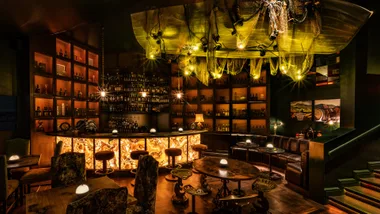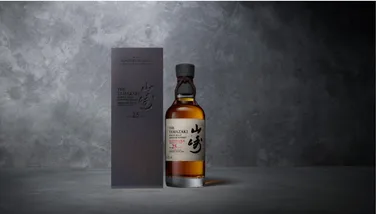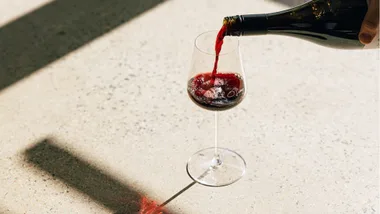Paris. Tokyo. London. Santiago. The humble flat white now appears on café menus around the globe. The precise birthplace of this Antipodean creation, however, is a point of contention in the coffee world. “There have been a lot of claims to who invented the flat white,” says Hazel de los Reyes, owner of Sydney’s Coffee Alchemy. “It’s a bit of a trans-Tasman feud.”
Some say it was invented by New Zealand coffee pioneer Jeff Kennedy at Wellington’s Caffè L’affare, which he founded in 1990. Others say it grew from Australia’s love of instant coffee. “Instant coffee was the dominant coffee in Australia,” says Les Schirato, CEO of Vittoria Coffee. “Then in the late ’80s Italian-based espresso started to grow.” But instant coffee drinkers wanted an espresso-based drink that resembled what they were used to, not the aerated frothy cappuccino transplanted from Italy, so baristas started making coffees with less foam.
Now we (sort of) know where it came from, but what exactly is a flat white? And what’s the difference between a flat white and a latte? Most cafés offer three main milk-based espresso coffees – the cappuccino, the flat white and the latte – all made with one shot of espresso and steamed milk. The cappuccino has lots of foam – generally between 1.5cm and 2cm – and is topped with chocolate powder (something that isn’t necessarily the case outside Australia). Lattes and flat whites have no chocolate powder and significantly less foam, but the precise distinction between them is debated among coffee connoisseurs. Some say there’s no difference at all.
“For the most part a flat white and a latte are the exact same drink, made the same way,” says Tom Roden, co-owner of Adelaide’s Exchange Specialty Coffee. “And we serve them both in the same six-ounce ceramic cup.” Sydney’s Coffee Alchemy approaches the two coffees differently. “Given the same volume, our lattes have a centimetre of foam and the flat whites have slightly less,” says de los Reyes. “We also serve lattes in a glass and flat whites in a cup.” To avoid the confusion between milk-based coffees, some operators have dodged the question entirely. “Some cafés just describe their coffees as ‘black coffee’ and ‘white coffee’ and steam all the milk coffees the same, with about half a centimetre to a centimetre of foam,” says Sarah Baker, editor of Bean Scene magazine.
With the number of milk-based coffees appearing on menus growing, and the differences between them becoming less distinct, World Coffee Events, which hosts global coffee competitions such as the World Barista Championship, changed its competition rules. In the past, contestants had to make a cappuccino to specific dimensions, but last year it was changed to a standard “milk beverage”, defined as “a combination of a single shot of espresso and steamed cow’s milk”.
It’s a definition that’s open to interpretation. So how do you pick a good one? “When you judge a milk-based beverage you check if it’s in the right vessel, if the milk is glossy and without bubbles, if it has symmetrical latte art, if the milk is at the right temperature (between 62 and 65 degrees is optimum) and if there’s a dominant flavour of espresso,” says Nic Michaelides, Barista Guild head at the Australian Specialty Coffee Association. “There has to be a harmony between espresso and milk. I believe if your vessel is 180ml, with 28ml to 30ml espresso and 150ml milk including foam, you’ll get a really good ratio of milk to espresso.”
Coffee today is more than instant and espresso. Walk in to any café and you’ll find options ranging from pour-over to cold-drip, siphon to Aeropress. What does this mean for the future of the flat white? “The majority of our clientele are still the flat white, latte and cappuccino drinkers,” says de los Reyes. “There’ll always be new and novel approaches to making coffee, but the milk-based espresso drinkers are not going to go away – they’re just going to demand better-and-better-tasting flat whites.”
 Rob Shaw, Peter Tarasiuk, Kym Smith, Jonathan Van Der Knaap, AJ Moller
Rob Shaw, Peter Tarasiuk, Kym Smith, Jonathan Van Der Knaap, AJ Moller









